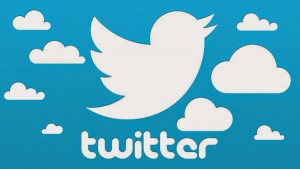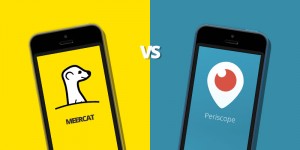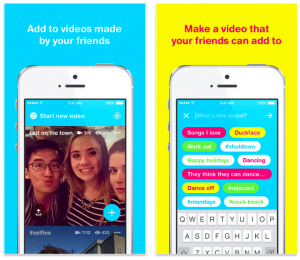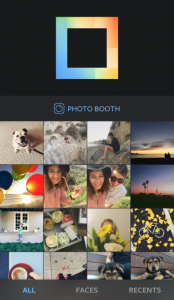New Touches to Twitter This Year
In Blogging News, Social Bookmarking, Social Media, Social Networking, Web 2.0 | No comment
Another service that Twitter launched back in February was an official WordPress plug-in that would allow Twitter to interact smoothly with the popular website and blog development tool. Although many Twitter-related plug-ins had been developed over the years for WordPress, this was the first official one released, intended to make it easier for visitors to tweet WordPress posts, embed tweets, and track ads for those running Twitter Ad campaigns on their WordPress blogs.
Updates to the interface of Twitter itself have also come up from time to time over the course of the year thus far. For instance, Twitter gave users the ability to easily embed Twitter videos on other websites back in March. Then, in April, Twitter began testing targeted advertisements that would appear directly on user profiles, with a ‘Suggested by Twitter’ tag. This is an effort to continue monetizing Twitter and making it profitable, while still being able to provide it to users as a free service.










